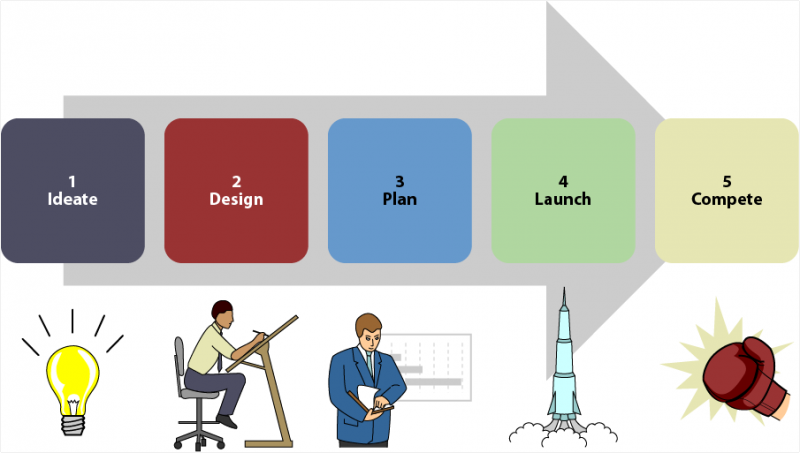Benchmark Your Job Responsibilities Against Peers
Consumer product strategists hold a wide variety of job titles: product manager, product development manager, services manager, or a variation of general manager, vice president, or even, sometimes, CEO or other C-level title. Despite these varying titles, many of you share a great number of job responsibilities with one another.
We recently fielded our Q4 Global Consumer Product Strategy Research Panel Online Survey to 256 consumer product strategy professionals from a wide variety of industries. Why do this? One reason was to better understand the job responsibilities that you, in your role, take on every day. But the other reason was to help you succeed: By benchmarking yourself against peers, you can identify new job responsibilities for growth, improve your effectiveness, and ultimately advance your career.
What did we find out? The bottom line is that consumer product strategy jobs are pretty tough. We found a wide range of skills are required to do the job well, since consumer product strategists are expected to:
- Drive innovation. Consumer product strategists are front-and-center in driving innovation, which ideally suffuses the entire product life cycle. Being innovative is a tall task, but all of you are expected to be leaders here.
- Think strategically… You've got to have a strategic view of your markets, identifying new concepts and business models and taking a long-term view of tomorrow's products.
- …but execute as a business person. While thinking strategically, you generally have to execute tactically as well. You're business unit owners. At the senior-most levels, you hold the P&L for the product or portfolio of products.
- Collaborate with many other roles. Product strategists have to work with a wide variety of other constituencies to get products to market, such as R&D/engineering, marketers, market researchers, channel strategists, and many others.
- Adapt to the product life cycle. You must shift gears depending on where in the product life cycle your product currently sits, as seen in the figure below. We've analyzed these product life cycle phases and have identified five for most product strategists: ideate (generate a product concept), design (create an actual product offering, with features), plan (build a business plan based on a business model), launch (go-to-market), and compete (anticipate, respond to, and beat the competition).

Forrester clients can read the entire research report here. We hope it's a valuable tool for benchmarking yourself against peers in a wide variety of industries.
To all consumer product strategists reading our blog, we'd like to ask: Does this sound like your job description? What can you add to this description? And are you benchmarking in your career today?
